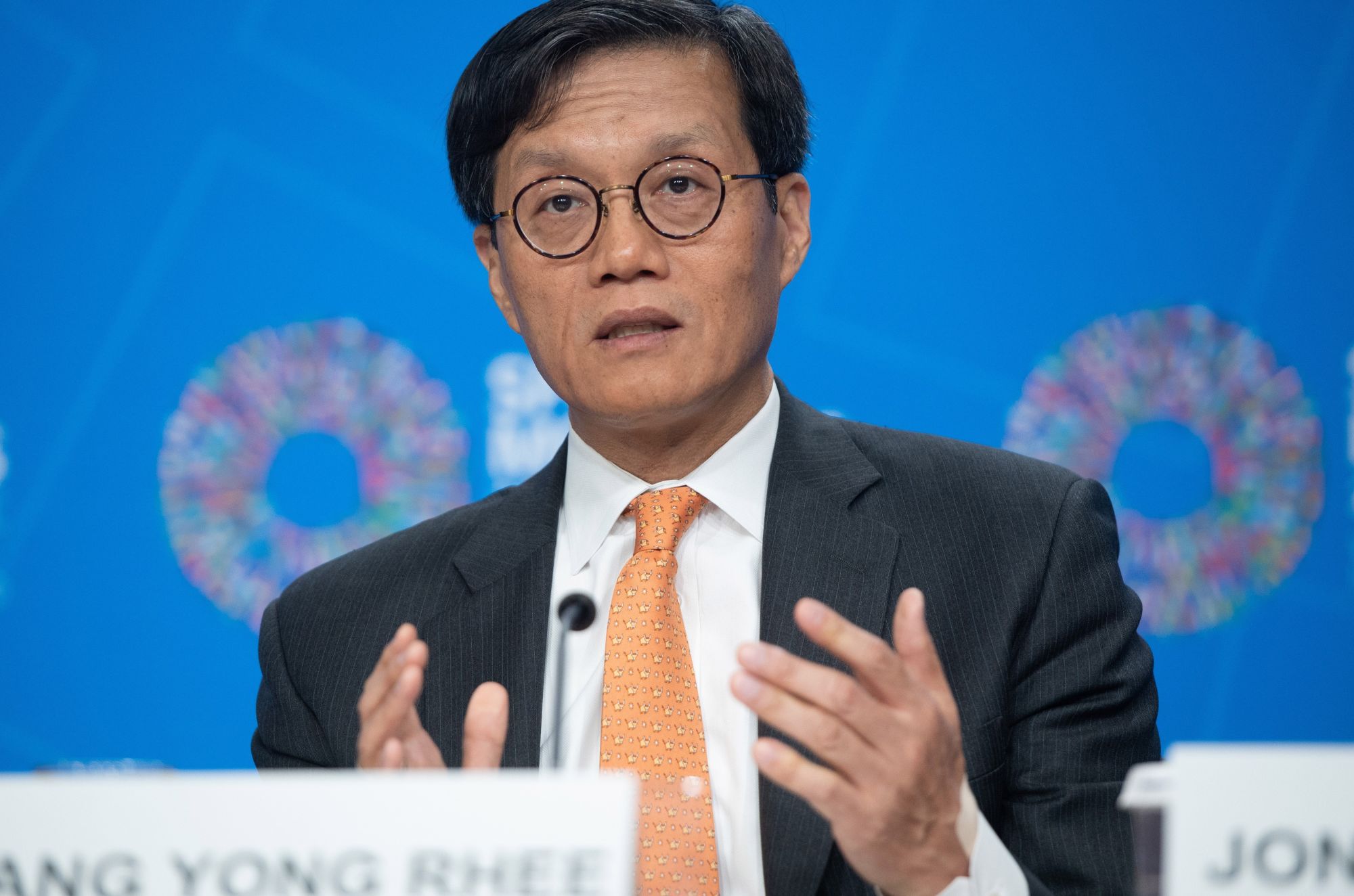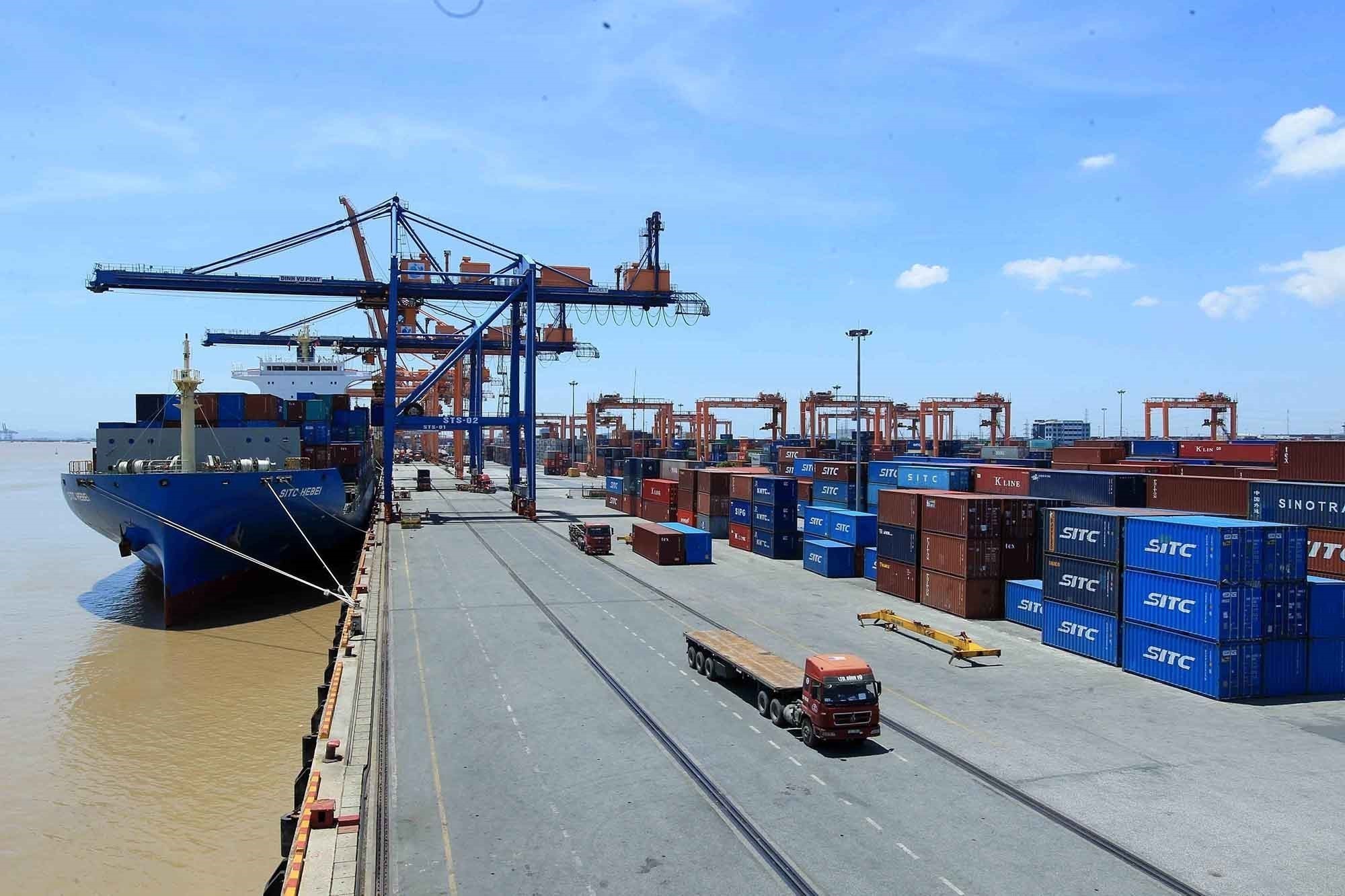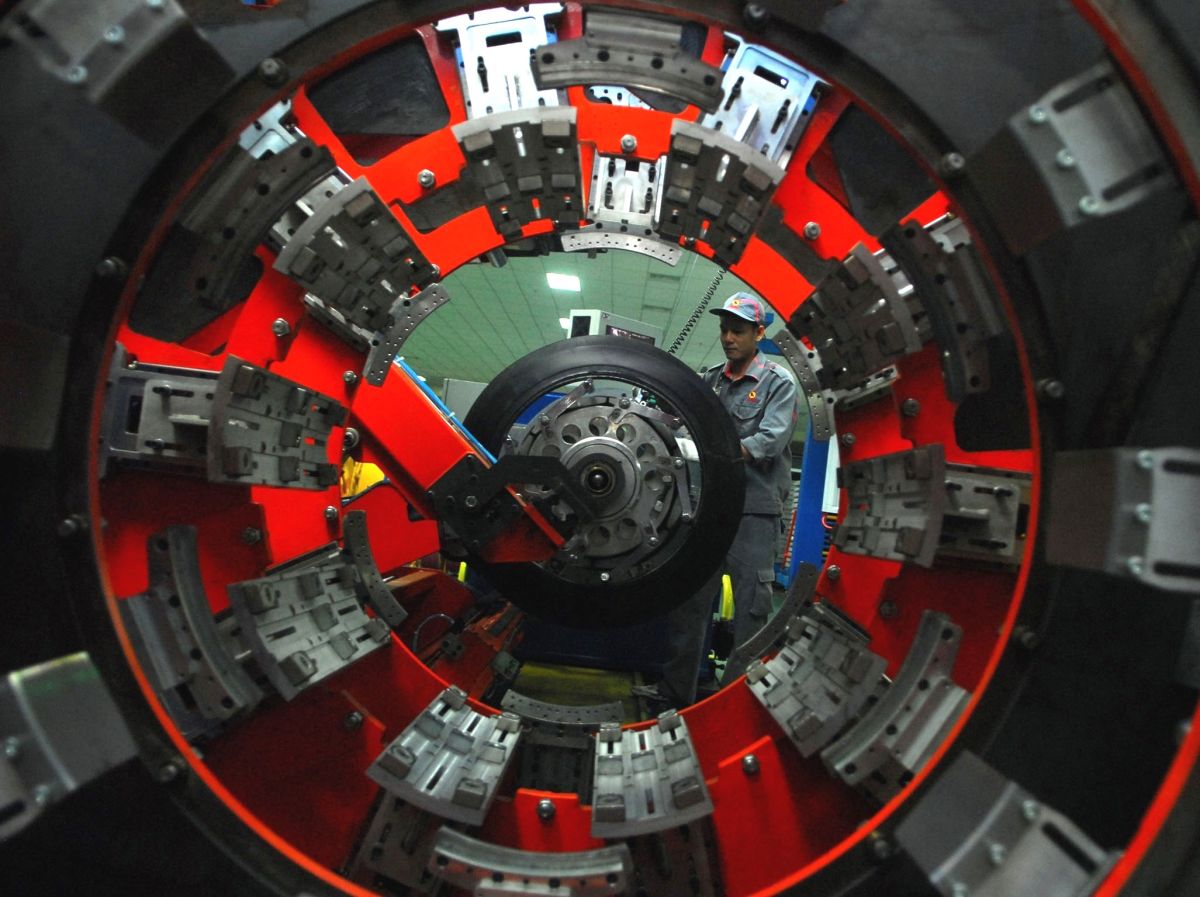In the context of declining global economy and trade, Vietnam’s “economic picture” continues to record positive changes. The total import-export revenue reached 336.56 billion USD in the first eight months of the year, of which export turnover was 169.98 billion USD, up 7.3 percent over the same period in 2018. Notably, the export growth rate of the domestic economic sector hit 13.9 percent, much higher than that of the foreign invested sector, at 4.6 percent. In addition, the proportion of export turnover of the domestic economic sector maintained an upward trend, accounting for 30.6 percent of the country’s total exports, as compared to 28.8 percent recorded in the same period last year. In the eight-month period, the trade surplus was estimated to reach 3.4 billion USD, thanks to the contribution of the group of phones and spare parts with export revenue of over 33 billion USD, accounting for 19.4 percent of the country’s total exports.

Proactively overcoming “instabilities” from
While the world economy tends to decelerate with increasing risks and challenges, tensions between major economies cause global trade and investment to decline with falling global business confidence. Previously, Changyong Rehee, Director of the Asia and Pacific Department at the International Monetary Fund (IMF), stated that the world economy is falling into a period of uncertainty with about 70 percent of the economies (mostly developed countries) face the possibility of slowing growth. Countries in the region need to have cautious and quick policies to guide their economies to conquer the “whirlwinds.”
Countries in the region need to have cautious and quick policies to guide their economies to conquer the “whirlwinds.”

In that situation, the Government has urgently directed ministries, agencies and localities to implement synchronously and effectively the objectives, tasks and solutions in the resolutions of the Party, the National Assembly and the Government, particularly Resolution No. 01/NQ-CP dated January 1, 2019 on major tasks and solutions for implementation of the 2019 Socio-Economic Development Plan and State Budget Estimate and Directive No. 09/CT-TTg dated April 1, 2019 on measures to remove difficulties for production and business, ensuring the fulfillment of the set goals. As a result, after the first half of the year, the gross domestic product (GDP) recorded an increase of 6.76 percent. Despite being lower than the rise in the first six months of 2018, this figure was higher than the growth rate of the 2011-2017 period. Nguyen Anh Duong, head of the General Research Department under the Central Institute for Economic Management (CIEM), said that this result was not far from the growth target for the whole year 2019 (from 6.8 percent to 7.0 percent). “Vietnam’s economic growth is relatively high compared to other countries in the region. In addition, Vietnam’s economy continues to expand its growth momentum, but the potential GDP growth rate remains in a downward trend, reflecting concerns about the quality of growth, especially when Vietnam is more interested in dealing with adverse effects from the external economic environment,” Duong said. The World Bank’s semi-annual report on Vietnam’s economic situation also showed that in the domestic economy, the service industry recorded good business results with increasing domestic consumption demand. In addition, the debt-to-GDP ratio decreased from a peak of 63.7 percent in 2016 to about 58.4 percent in 2018. Although there are signs showing that growth has slowed down cyclically, Vietnam’s macroeconomic outlook remains positive. According to General Director of the General Statistics Office Nguyen Bich Lam, this is a timely and effective qualitative assessment of the main tasks and solutions approved by the Government to implement the socio-economic development plan, showing the efforts of agencies and localities in realising the growth target in 2019.”

Confidence in business prospects
In the following months, the situation of domestic production and business continued to have positive results. Specifically, the index of industrial production of the entire industry in eight months saw a good increase of 9.5 percent over the same period last year. Of which, processing and manufacturing industry surged 10.6 percent and mining sector increased slightly thanks to rising coal exploitation, making up for the decline in crude oil exploitation and power production and distribution. Business confidence continued to rise. According to the General Statistics Office’s report, the total number of newly registered businesses and those resuming operation reached nearly 116,000 in the past eight months, up 7 percent year-on-year. The disbursement of investment capital from the state budget saw positive signs, hitting 189.2 trillion VND in January-August, equaling to 53.1 percent of the yearly plan and up 3.8 percent (compared to 51.8 percent and 10.4 percent respectively in the same period last year).
The index of industrial production of the entire industry in eight months saw a good increase of 9.5 percent over the same period last year. Of which, processing and manufacturing industry surged 10.6 percent and mining sector increased slightly thanks to rising coal exploitation.
According to Duong, the development of the business community with relatively positive assessments contributed to creating the bright colors in the “picture” of the economy. This came from improvements in the investment and business environment, expectations for Vietnam’s implementation of the Comprehensive and Progressive Agreement for Trans-Pacific Partnership (CPTPP) and its preparation for implementing the EU-Vietnam Free Trade Agreement (EVFTA). Coming closer to the yearly growth target
By technical analysis methods, the CIEM expert team updated their economic growth forecast for 2019, showing that the Vietnamese economy could expand 6.82 percent and the annual export growth could reach 8.02 percent while the trade surplus will stand at 0.8 billion USD and average inflation in 2019 will hit 3.38 percent. “In the context of global and domestic economic uncertainties, including significant challenges to the implementation of socio-economic development goals. Vietnam’s policy management and economic reforms have brought about bright points, thereby contributing to positive results on economic growth and macroeconomic stability,” he said. The national position has been improved and Vietnam still maintains a serious view of the country’s socio-economic status. The Government, ministries and agencies have regularly monitored, assessed and forecast the world and domestic situation, thus updating and completing the domestic monitoring scenarios. Compared to the 2008-2009 period, Vietnam has gained more experience and calm in dealing with adverse impacts from world economic developments. More importantly, the requirements for reforming the business environment have been kept in mind, in parallel with the process of coping with the uncertainties of the world economic environment, the CIEM report pointed out. According to Minister of Planning and Investment Nguyen Chi Dung, the third quarter is decisive in realizing the growth target of at least 6.91 percent. Therefore, ministries, agencies and localities will have to drastically implement solutions to enhance the confidence and peace of mind of enterprises and investors in production and business. “If there is no anomalous factor affecting growth, plus the Government’s efforts to implement the proposed solutions, the 2019 GDP growth is forecast to reach the target of 6.8 percent,” said the minister.

With an objective view, Ousmane Dione, Country Director of the World Bank in Vietnam, said the global uncertainty increases when trade tensions escalate and financial fluctuations also become more complicated. The risks are even more complicated when they are combined with domestic vulnerabilities, including delays in consolidating the fiscal situation, reforming SOEs and banking sector. This affects the perception of investors and the growth prospect. Therefore, Vietnam must continue to deepen its structural reform and capacity improvement. In addition, the country needs to prepare macroeconomic policy adjustments in case that the aforementioned risks become visible, resulting in a deeper-than-expected decline, he said./.
